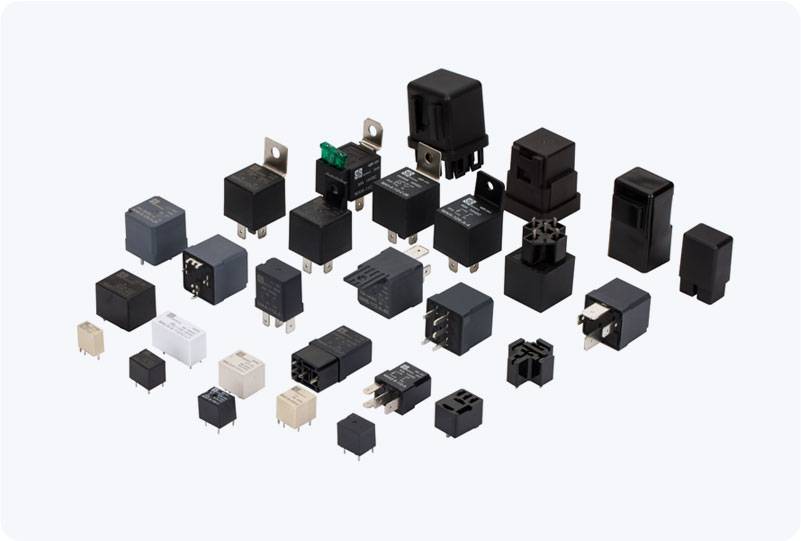A Time Delay Relay (TDR) is a versatile and essential component used in electrical and automation systems to introduce a specific time delay between the application or removal of a signal and the switching of the relay contacts. Time Delay Relays help to manage and control systems more efficiently, ensuring that certain actions happen after a predetermined time, preventing system overloads, or ensuring smooth operation. These relays are used in a variety of industries, from machinery control to lighting systems, and even to protect delicate electronic equipment.

What is a Time Delay Relay? At its core, a Time Delay Relay is an electromechanical device that performs a time-based delay to either close or open its contacts. The relay functions by first receiving an input signal, either from a manual switch or automatically through a system’s control circuit. Once triggered, the relay initiates a time delay before its output contacts either open or close, depending on the relay’s configuration. The delay period can be adjusted based on the specific requirements of the system. A TDR can be either ON-delay or OFF-delay, depending on whether the relay action occurs after the signal is applied (ON-delay) or after the signal is removed (OFF-delay). This makes the relay a highly adaptable tool for controlling timing-sensitive operations.
Leave a Reply